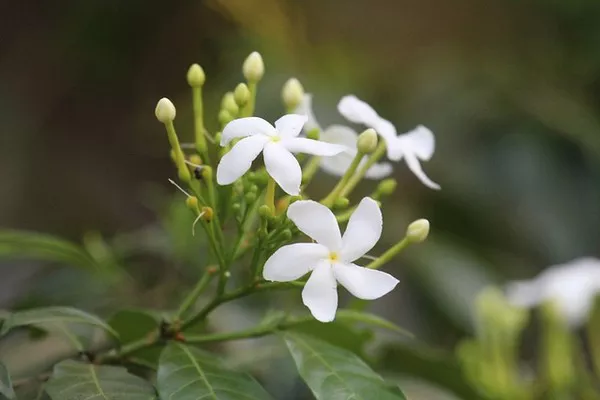Amid soaring energy prices that posed a threat to business continuity, Rosa Danica A/S, a prominent Danish potted plant producer, turned to Hortilux for a solution to reduce lighting expenses. Despite initial reservations about LED technology, the company opted for a hybrid HPS/LED lighting system, leading to significant energy savings and enhanced product quality.
Rosa Danica A/S: A Leading Potted Plant Producer
Rosa Danica A/S, led by owner and CEO Torben Moth Madsen, has been a key player in the Danish potted plant industry since its establishment in 1987. Operating on an expansive 11-hectare site with approximately 100 employees, the company annually produces around 10.5 million plants, specializing in pot roses, Campanula, and Schlumbergera. Its high-quality plants are distributed through major grocery chains, DIY stores, and gardening outlets across Europe.
Overcoming Challenges in a Light-Scarce Region
Situated in the northern part of Europe, Rosa Danica faces unique challenges due to its reduced daylight hours compared to regions like the Netherlands. The winter season sees a 15% reduction in available light, and spring arrives approximately two weeks later. These conditions necessitate the use of artificial lighting, especially for sensitive plants like roses, which require precise temperature and light control to prevent diseases such as mildew.
Historical Reliance on HPS Lighting
Since its inception, Rosa Danica had employed assimilation lighting to meet its plants’ requirements. The company had relied on Hortilux’s HPS lamps for approximately 15 years, with successful results. While LED lighting had been explored in previous trials, doubts persisted regarding its suitability for roses due to the need for both light and heat, a balance achieved by HPS lamps.
Energy Crisis Sparks the Search for a Solution
In 2022, Rosa Danica faced a sudden surge in power costs, with rates soaring from a few cents to 50 cents per kilowatt. This unprecedented increase raised concerns about the company’s sustainability. Torben Moth Madsen expressed his determination to preserve the company’s legacy and not disappoint long-standing employees.
Recognizing the urgency, the company set a target to reduce energy consumption by 50% to ensure its survival. Given the long-standing relationship with Hortilux and their expertise in lighting solutions, Rosa Danica invited lighting suppliers to discuss potential strategies, with Hortilux topping the list.
A Fast-Paced Transition to LED/HPS Hybrid
The Hortilux team proposed a cutting-edge solution: an LED/HPS hybrid system. This innovative approach offered the benefits of LED energy efficiency while maintaining the option to activate HPS lamps for warmth when necessary. The project proceeded rapidly, with the first lights delivered approximately eight weeks after initial discussions.
Successful Transition and Quality Enhancement
The installation process, handled by Kemp & Lauritzen, involved replacing 1,000W HPS lamps with 1,000W LEDs, a straightforward plug-and-play transition. Although there was initial apprehension about the change from the yellow light of HPS lamps to the “colorless” LED light, the plants thrived, alleviating concerns.
The hybrid system successfully delivered energy savings close to initial calculations. While current power consumption is slightly higher due to caution in providing adequate light, Rosa Danica anticipates fine-tuning the system for even greater efficiency in the coming year.
Unprecedented Product Quality and Minimal Wastage
Madsen expressed his delight at the outstanding product quality achieved with the hybrid system. A notable reduction in B-quality plants during grading before shipping was observed. The LED light’s ability to penetrate dense foliage down to the base of the plants virtually eliminated the issue of yellowing leaves previously experienced with HPS lamps.
Hortilux’s Support and Future Expansion Plans
Rosa Danica praised Hortilux’s unwavering support throughout the project. Drawings for correct lamp installation and guidance on selecting the right lenses for optimal light distribution were among the valuable assistance provided. Paul van der Valk, the main contact at Hortilux, was lauded for his in-depth understanding of the company’s needs and his ability to engage the right experts for a successful project.
In the project’s final phase, a section of the greenhouse was equipped with Hortilux’s new dimmable LED lights, swiftly rendering the HPS lamps redundant. With newfound confidence in LED technology, Rosa Danica is eager to expand its usage to the remaining three hectares of its rose production facility, potentially transitioning to 100% LED lighting in the future.


